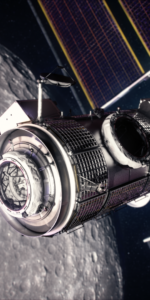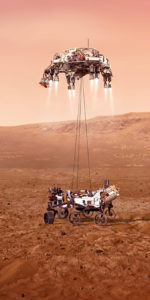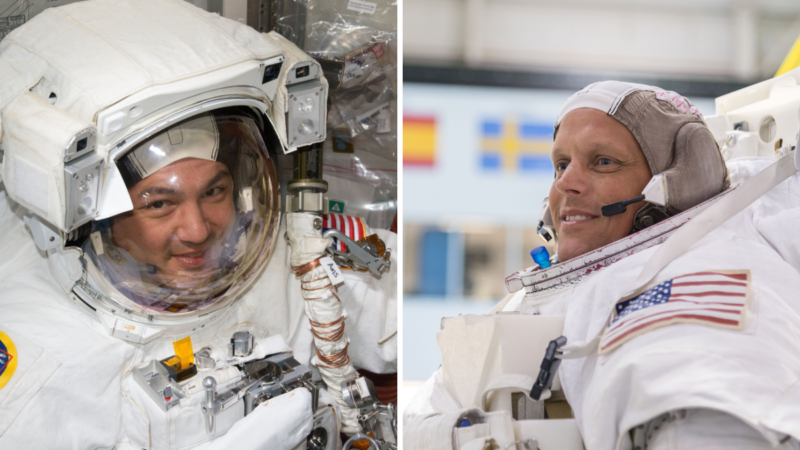
NASA has assigned veteran spacefarer Kjell Lindgren and “rookie” astronaut Bob Hines to the fourth operational voyage of SpaceX’s Crew Dragon to the International Space Station (ISS), with launch atop a Falcon 9 booster from Pad 39A at the Kennedy Space Center (KSC) in Florida anticipated sometime in 2022.
In its announcement Friday, the space agency revealed that Lindgren—who previously backed up last summer’s historic Demo-2 mission, before rotating onto the backup crew for the currently-in-progress Crew-1—would command Crew-4, with Hines serving as pilot. They will be joined by two additional crew members from NASA’s international partners, although it remains to be seen whether those seats will be filled by representatives of Russia, Canada, Europe or Japan.
The assignment brings to five the total number of crews and partial crews currently training to fly Commercial Crew vehicles in the coming months; three aboard SpaceX’s Crew Dragon and two aboard Boeing’s CST-100 Starliner.
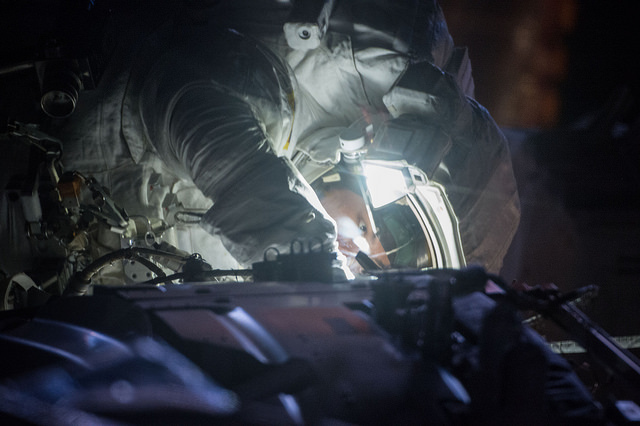
With Crew-1 astronauts Mike Hopkins, Victor Glover, Shannon Walker and Soichi Noguchi set to return to Earth aboard Dragon Resilience in late April or early May, their Crew-2 replacements—NASA veterans Shane Kimbrough and former deputy chief astronaut Megan McArthur, together with Japan’s Aki Hoshide and Frenchman Thomas Pesquet—are slated to launch aboard Dragon Endeavour no sooner than 20 April. A precise duration has not been announced, other than an expectation that the crew will return this fall.
Prior to the Crew-2 return, in a “direct handover” on the U.S. Operational Segment (USOS), Crew-3 astronauts Raja Chari—who becomes one of only a handful of first-time flyers ever to command a U.S. space mission—and crewmates Tom Marshburn, Germany’s Matthias Maurer and an as-yet-unnamed fourth member will launch in September 2021 for approximately a half-year aboard the ISS.

Also targeted to fly no earlier than September is the Crewed Flight Test (CFT) of the CST-100 Starliner, whose launch date remains very much dependent on the outcome of the second Orbital Flight Test (OFT-2), presently due to launch atop an Atlas V rocket from Space Launch Complex (SLC)-41 at Cape Canaveral Space Force Station, Fla., on 25 March.
Commander Barry “Butch” Wilmore—appointed to the CFT prime crew last fall—will be accompanied by pilot Nicole Mann and Joint Operations Commander (JOC) Mike Fincke. Originally baselined as a two-week test flight, NASA announced plans in April 2019 to extend this duration. But the exact length of CFT remains to be seen.
Assuming that both OFT-2 and CFT run without major wrinkles, the first Post-Certification Mission (PCM) of the CST-100 Starliner is targeted for the spring of 2022. Commanded by two-time ISS veteran and former deputy chief astronaut Sunita Williams, the Starliner-1 crew features pilot Josh Cassada and a pair of mission specialists including Jeanette Epps.
It will mark the first long-duration “operational” voyage by Boeing’s new spacecraft. And “rookie” spacefarer Matt Dominick—who completed Astronaut Candidate (ASCAN) training in January 2020 and was named as a member of the “Artemis Team” last December—will serve as a Starliner-1 backup crew member.
Into this mix now enters the Crew-4 team of Lindgren, Hines and their two, as-yet-unannounced crewmates, whose own launch date hinges upon those of its predecessors. Having previously served as backup commander for both Demo-2 and Crew-1, Lindgren—a civilian physician—has clearly earned his stripes to lead this mission. He also filled several key leadership positions within the astronaut corps, including chief of the assigned crew branch of the office.
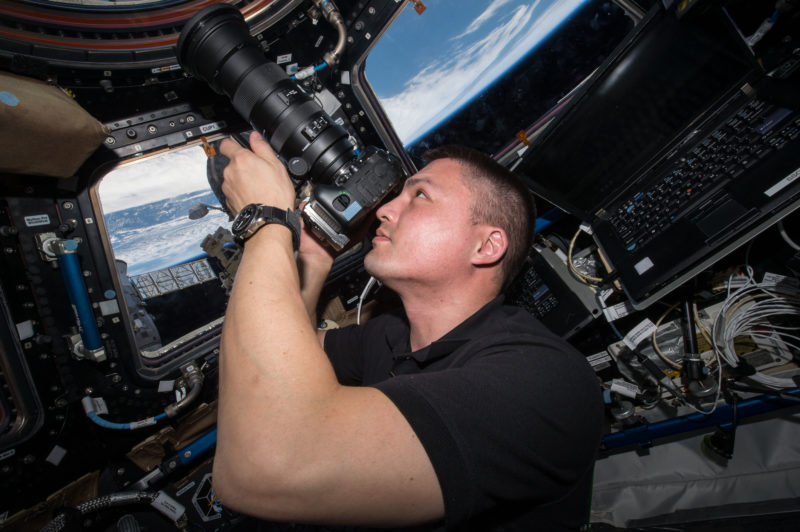
Selected as an astronaut by NASA in June 2009, Lindgren was born in Taipei, the capital of Taiwan, in January 1973. After a childhood spent in England and the U.S. Midwest, he earned a degree in biology (with a minor in Mandarin Chinese) from the U.S. Air Force Academy in 1995, during which time he was also a member of the “Wings of Blue” parachuting team and served as an instructor, jumpmaster and part of the intercollegiate national championship team. A master’s degree in cardiovascular physiology from Colorado State University in 1996 was followed by a medical doctorate from the University of Colorado in 2002.
Lindgren then completed a three-year residency in emergency medicine, including a chief resident year at Hennepin County Medical Center in Minneapolis, Minn., followed by a National Library of Medicine Post-Doctoral Fellowship and Master of Health Informatics at the University of Minnesota in 2006.
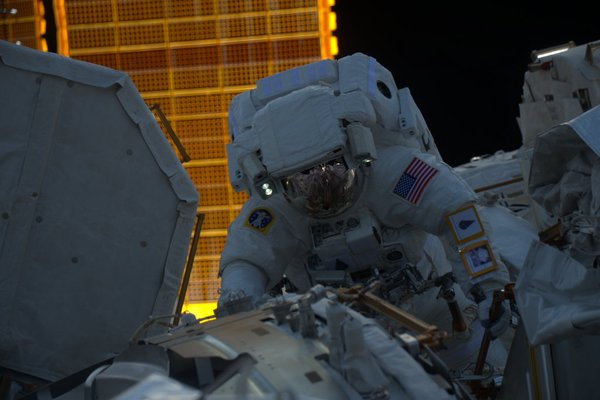
He then undertook a residency in aerospace medicine and gained a Master of Public Health (MPH) degree in 2007 from the University of Texas Medical Branch in Galveston, Texas. Lindgren first came to JSC in 2007 as an ISS flight surgeon and rose to become deputy crew surgeon for STS-130—the second-to-last voyage of shuttle Endeavour—and Expedition 24. During this timeframe, he was selected into NASA’s astronaut corps.
His first flight, lasting more than 141 days, saw him launch aboard Soyuz TMA-17M from the Baikonur Cosmodrome in Kazakhstan on 22 July 2015, shoulder-to-shoulder with Russian cosmonaut Oleg Kononenko and Japan’s Kimiya Yui. The trio spent more than 4.5 months aboard the ISS, working as part of the Expedition 44 and 45 crews and Lindgren performed a pair of spacewalks, totaling over 15 hours. Lindgren, Kononenko and Yui returned to Earth on 11 December.
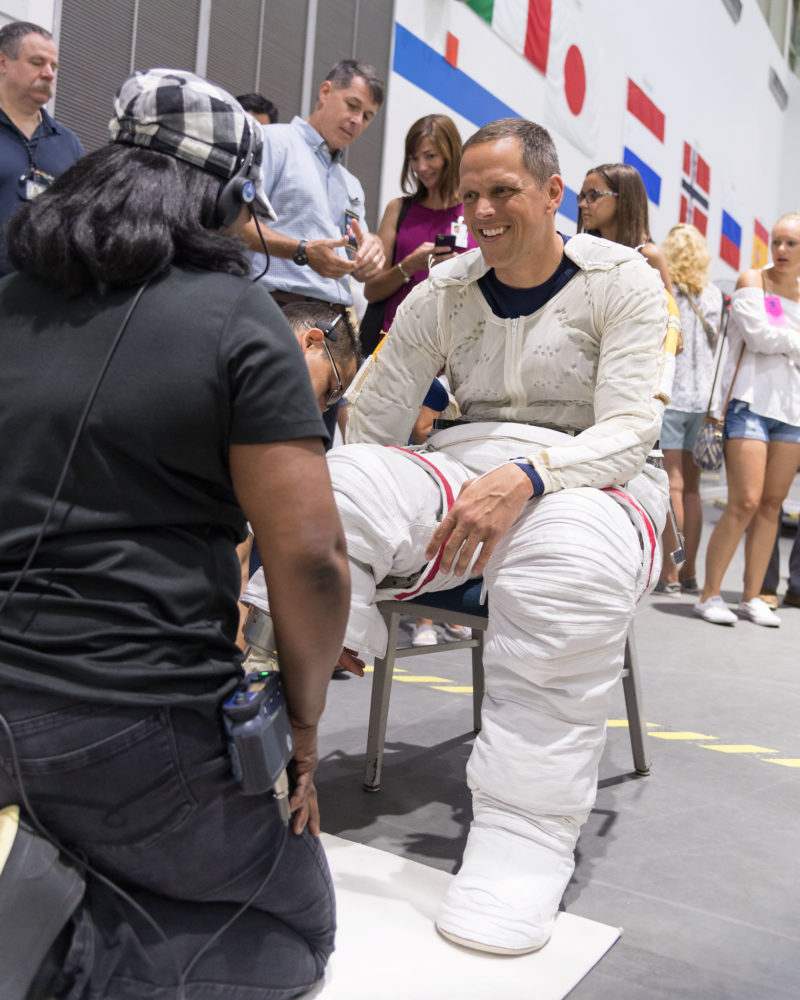
Joining Lindgren in the pilot’s seat for the Crew-4 mission is Bob Hines, who was selected by NASA for astronaut training in June 2017. Born in Fayetteville, N.C., in January 1975, Hines is a Space Camp alumnus who went on to earn a degree in aerospace engineering from Boston University in 1997.
He then entered the Air Force, completed undergraduate pilot training at Columbus Air Force Base in Columbus, Miss., and served as a T-37 instructor. Hines later trained to fly the F-15E fighter and was assigned to RAF Lakenheath in the United Kingdom, during which time he deployed operationally to the Middle East. He went on to complete Air Force Test Pilot School at Edwards Air Force Base, Calif., in 2008, and earned a master’s degree in flight test engineering.
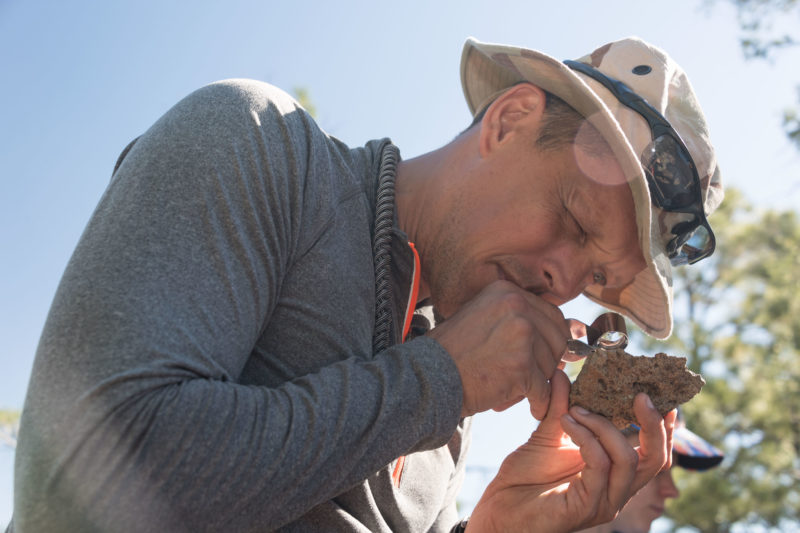
After graduation, Hines worked as a test pilot for the F-15C Eagle and F-15E Strike Eagle, later earning a master’s degree in aerospace engineering from the University of Alabama. He joined the Air Force Reserve in 2011 and later served as a civilian research pilot for the Aircraft Operations Division (AOD) of the Flight Operations Directorate (FOD). Following his selection as an astronaut candidate in June 2017, Hines transitioned back to active Air Force status in February 2019 and currently holds the rank of lieutenant-colonel.
Last year, Hines and his classmates completed their astronaut candidate training and were assigned technical duties within the office. By last summer, Hines was assigned to the Exploration branch. More recently—less than two weeks ago—Hines was at the Capcom’s console in the Mission Control Center (MCC) at the Johnson Space Center (JSC) in Houston, Texas, talking to Expedition 64 spacewalkers Mike Hopkins and Victor Glover as they labored to wrap up a four-year-plus campaign to entirely replace the space station’s aging nickel-hydrogen batteries with newer, lighter and more capable lithium-ion units.




